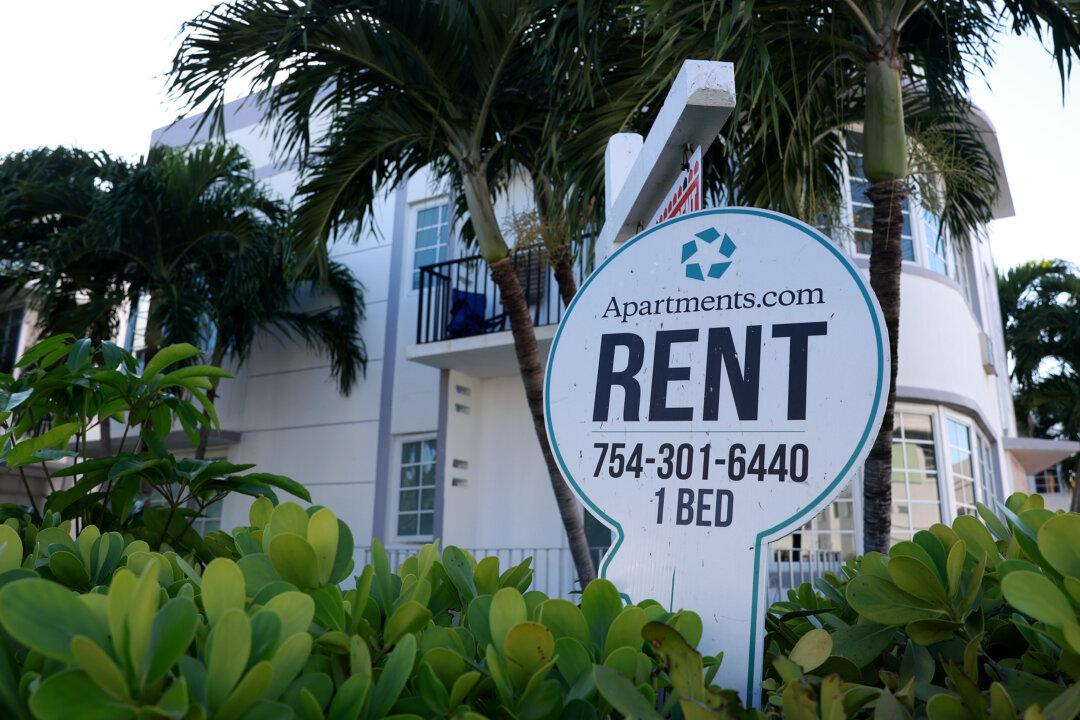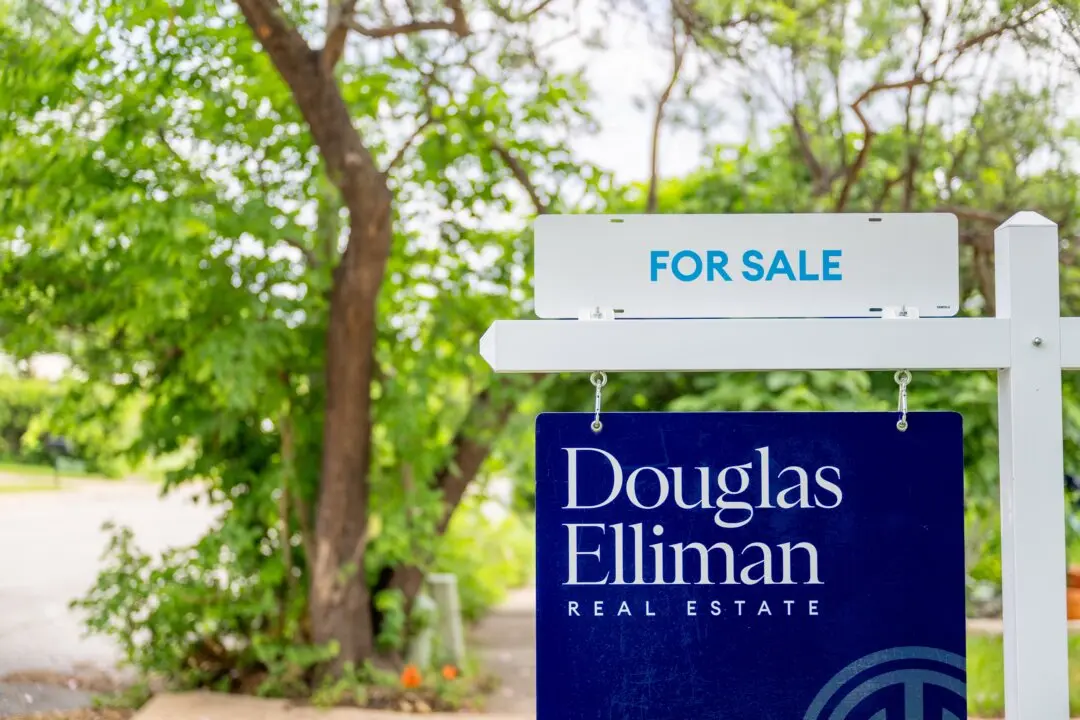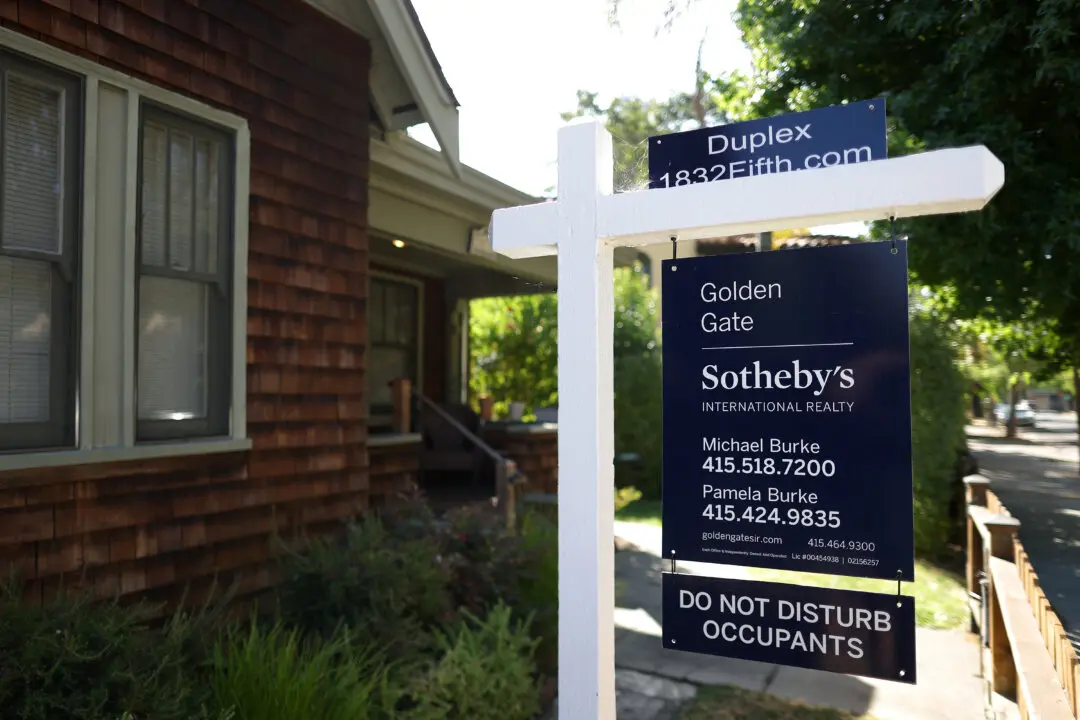It’s not surprising that rents in high-priced locations like New York and Florida are always on the rise, but escalating rents in midwestern markets can be a real head-scratcher. Rent.com’s December national Rent Report indicates rents in three midwestern locations are now climbing at almost the same percentage rate as two of the higher-priced markets in the country.
While New York and Florida took the top two spots with yearly increases of 31.7 and 23.0 percent, respectively, South Dakota experienced a 22.3 percent increase, Arkansas was hit with a 17 percent hike, and in Nebraska, rents rose by 14.5 percent. Among the largest yearly increases, Utah was the furthest west with a 13.7 percent increase in median rent prices.





